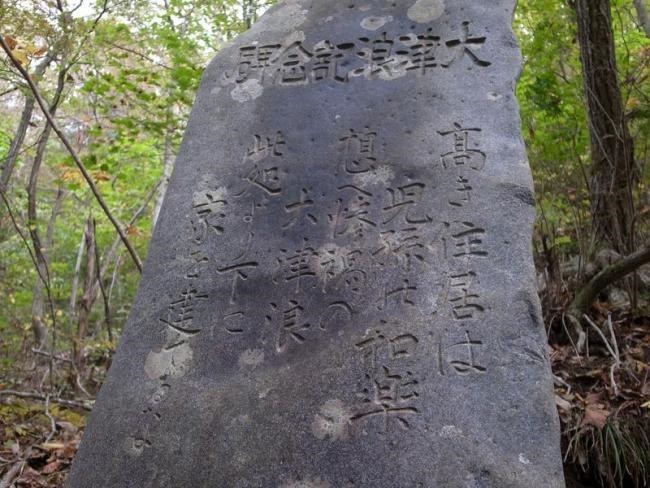
Building Codes Throughout History
By Thomas Mendez, Emergency Management Specialist, FEMA Region 2 Mitigation Division
People sometimes complain about design standards and act as if they used to be able to build without encumbrances. Those individuals may think building codes are only a modern entity. But this couldn’t be further from the truth. While they may not be as intricate as they are now, building codes have for millennia been in place. Today we will look at some examples throughout history.
The first building code comes from one of the oldest law codes in history: The Code of Hammurabi. Dating back to approximately 1771 BCE it is filled with fun lines as “If a builder builds a house for someone, and does not construct it properly, and the house which he built falls in and kills its owner, then that builder shall be put to death.” This punishment is obviously extreme that you don’t see in today’s codes, however one passage more up to today’s standards reads “If a builder builds a house for someone, even though he has not yet completed it; if then the walls seem toppling, the builder must make the walls solid from his own mean” demonstrating that, for millennia, a builder may be liable for his or her work.

Another example from Ancient history comes from the Torah. Specifically, Deuteronomy 22:8 states: “When you build a new house, make a parapet around your roof so that you may not bring the guilt of bloodshed on your house if someone falls from the roof.” Although the translation is awkward, it refers to the idea of building flat roofs with a railing around it so people would not fall off and risk injury or death. Once again, the idea of incorporating safety of the occupants into building design goes back a very long way.
Japan has had a unique way to warn people not to build in Tsunami Zones. Dating back to over 600 years ago, Tsunami Stones installed with carved text had warnings about where not to build due to risk of a Tsunami after an earthquake. One such stone read “High dwellings are the peace and harmony of our descendants,” and “Remember the calamity of the great tsunamis. Do not build any homes below this point.” One coastal town, Aneyoshi, took this advice to heart and remained relatively safe while other lower lying communities were flattened by the 2011 Tōhoku earthquake and tsunami. This is similar in concept to our flood zones, in particular floodways, which designate the most hazardous places to develop in riverine systems.

Finally, across the Pond in England, The Great Fire of London in 1766 catalyzed the passage of the “Rebuilding of London Act”. The goal of this legislation was to help prevent a repeat of the fire’s devastation, by attempting to reduce building density and incorporate fire resistance into building materials. Later, the London Building Act of 1744 further incorporated this theme by placing buildings into seven classes, stipulating provisions for wall thickness, foundations, location of windows, and for methods of escaping fires. Precise design standards should sound very familiar as we see them in items such as International Building Code, which covers some of the exact same items.
Building codes are nothing new; in fact they have been with us all throughout history. All around the world people have learned that it pays to build smart. From the ancient Babylonians, to London, to Japan, there have been standards on how to, and where not to build. Taking heed of these historical lessons and the utility of building codes will help us become a safer and more resilient nation.
References:
How Century-Old 'Tsunami Stones' Saved Lives In the Tōhoku Earthquake Of 2011 (forbes.com)
Ancient stone markers warned of tsunamis - CBS News
http://codesproject.asu.edu/sites/default/files/code_pdfs/BuildingAct.pdf
An Edifying History of Building Codes | DHR Industries, Inc. (docbox.com)